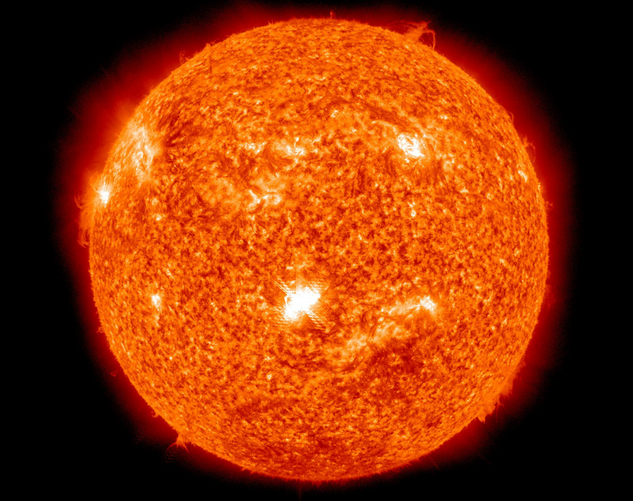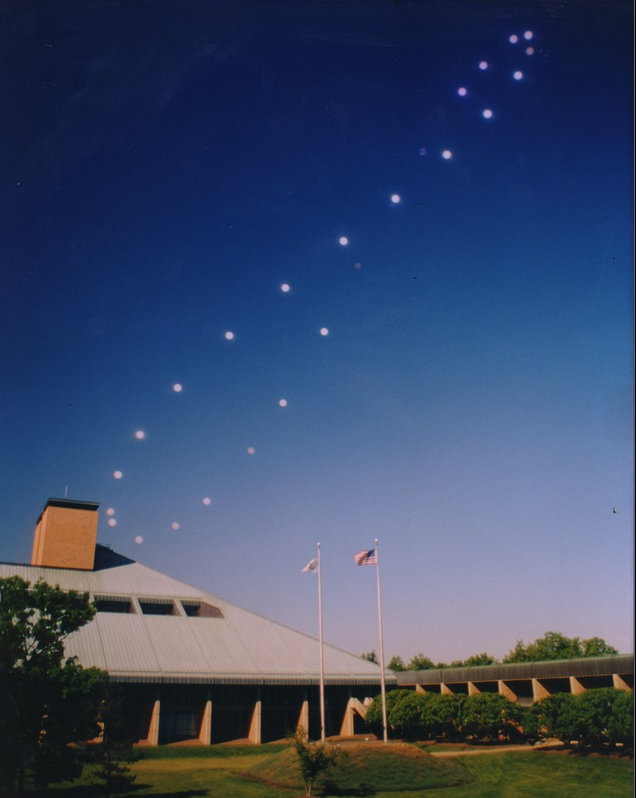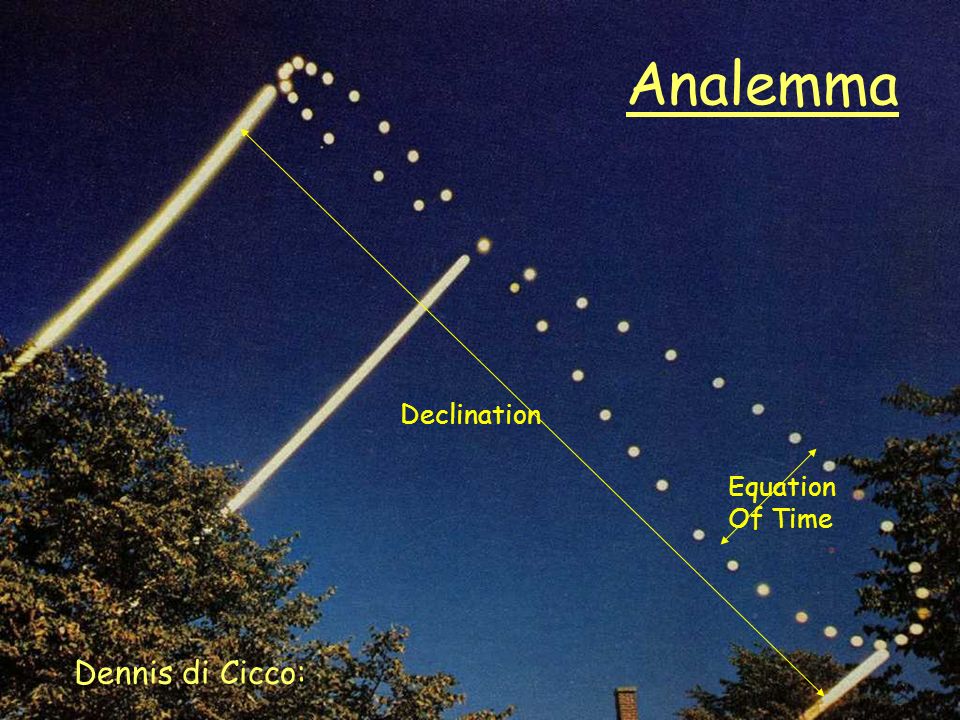About the Sun
Broadly speaking we use the term analemma to refer to an aspect of the Sun so we will start out by learning a little more about this massive star at the center of our solar system. We should note however that analemma can be applied to other bodies in space as well.

What Is the Sun?
The orb that is visible in our daylight sky which we know as the Sun is in fact a star. This star is classified as a yellow dwarf and is central to our solar system. Earth and the other planets of our solar system orbit this vast star. In fact it is our own planet’s rotation and orbit which creates the appearance of the Sun moving across our sky. It itself is stationary as we revolve around it.
How Big Is the Sun?
The Sun on a clear day is visible from the earth and in fact we should never stare directly at it. This is despite it being 93 million miles away. So just how big is this giant orange orb? Scientists estimate that the Sun has a radius of roughly 435,000 miles.
This may sound massive but there are many known stars which are much larger. In comparison to our planet however the Sun is roughly 330,000 times the mass of earth and we could fit our planet into the Sun 1.3 million times.
What Holds the Sun Together?
Because it is a star the Sun is actually a huge ball of gas which is held together by its own internal gravitational forces. It is made up of several regions which include in order from the center out:
- Core
- Radioactive zone
- Convection zone
- Photosphere
- Chromosphere
- Transition zone
- Corona
Once material exits the corona of the Sun at supersonic speeds, it becomes what is known as a solar wind. This solar wind forms a huge magnetic bubble of sorts around the Sun which is known as the heliosphere. It is this heliosphere that extends beyond the orbit of all the planets in our solar system. Essentially our planet as well as all others in the solar system are held within the Sun’s atmosphere.
Earth’s Orbit and Rotation
It’s likely most people are aware that the orbital period around the Sun of our home planet of Earth is roughly 365 days or 365.25 days to be exact. This is the time taken for our planet to travel all the way around the Sun.

That extra quarter of a day in the orbital period is the only issue with our otherwise pretty perfect calendar system. We counteract this problem by adding a day every fourth year taking a year to 366 days. This is known as a leap year with the extra day being added to the shortest month, February.
As the earth travels around the Sun it also spins on its axis making a full rotation roughly every 24 hours. It does not however spin completely upright; actually it spins at a 23.4 degree angle which is why we experience seasons on our planet. This is also important to the concept of analemma but we will get to that later in the post.
What Is Analemma?
Now we have learned a little about the Sun, a stationary object in our solar system, and the Earth, a constantly moving and spinning planet. Knowing this we can now introduce you to the concept of analemma.

So in the simplest terms analemma is an astronomical term for a diagram that can be created to show the position of the Sun in our sky as seen from a fixed location at the same time each day. If Earth were to spin completely upright with no tilt and if its orbit around the Sun was perfectly circular there would only be one point plotted on the diagram.
The Sun would always be in the same location in our sky as long as we looked at it at the same time and from the same place. However because of the tilt and an imperfect orbital path tracking the Sun each day from the same place at the same time you will be able to plot several points which will create an extended figure 8 analemma diagram.
The First Analemma Photo
We have known about analemma for sometime but the first time we were able to create a photograph of this was in 1978-1979. Photographer Dennis di Cicco set up his camera looking at the skies over Watertown, Massachusetts.

The photographer kept his camera in the same spot for long enough to take 44 exposures on a single frame. Each exposure was at least a week apart and four extra exposures were added to the foreground and three long-exposure images.
Analemmas Are Common in Our Universe
Technically speaking you could track analemmas from any body in space that has a visual line of sight to another that is orbiting it. Each of our solar system’s planets have their own orbits and relative tilts on their rotation axis. They too would have a trackable analemma when looking at the Sun from the surface.
Our own Moon has an analemma that we can plot although to do so we would need to alter the timing a little bit. Throughout a lunar month the Moon will return to the same position in the sky 50 minutes and 29 seconds later each night.
If we take an image from a fixed location of the Moon on successive days through the lunar month we need to do so 50 minutes and 29 seconds later. In doing so we would get an analemma diagram plotted.
Final Thoughts
Essentially an analemma is a diagram that we can plot based on the position in the sky of the Sun from a fixed location on Earth at the same time each day. Generally we would note the position weekly as the daily position change is hard to perceive.
